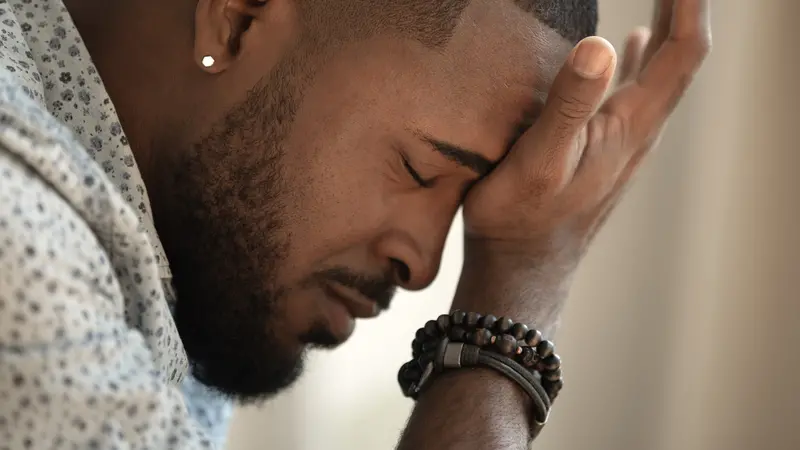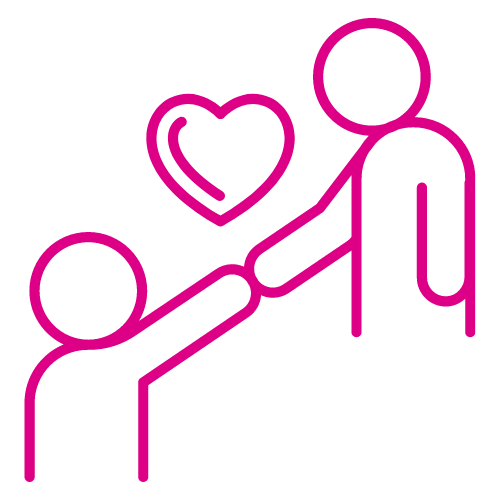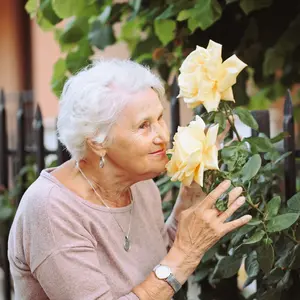

Mental and Behavioral Well-Being

Mental and Behavioral Well-Being
Men and Anxiety
Nearly 40 million adults in the US regularly experience telltale signs of anxiety, such as gasping for breath, tightening of the chest, and pounding heart. The disorder—including generalized anxiety disorder, social anxiety disorder, and panic disorder—is among the most common mental illnesses. While research shows women are more likely than men to experience anxiety, men are certainly not immune. Conventional ideas of masculinity often prevent men from expressing emotion or talking about their feelings. Consequently, statistics may be skewed as symptoms go untreated.
The importance of social connections and support networks for mental health is well documented. According to research published in the American Journal of Men's Health, males place more emphasis on social connections that provide instrumental support, whereas females tend to seek emotional support. Another study reported that middle aged men with depression described feelings of loneliness, sadness, and distress, but did not know how to talk about these feelings or felt embarrassed to do so.
Anxiety often presents differently in men than in women. Irritability, anger, insomnia, persistent headaches, and muscle pain are common symptoms in men. Men may resort to drugs or alcohol to cope and are unable to identify the root cause of their emotions. Women, on the other hand, may have difficulty concentrating, increased heart rate, or live with a sense of impending doom and extreme nervousness.
Normalizing the conversation around men and anxiety is important to break the stigma. Cleveland Cavalier basketball player Kevin Love spoke publicly about his anxiety and depression after he suffered a panic attack during an NBA game. When celebrities such as Love open up about their mental health, it goes a long way towards empowering other men to speak openly.
According to the Anxiety & Depression Association of America (ADAA), overall, only 36% of adults who have an anxiety disorder seek treatment. Those at risk of developing an anxiety disorder may have low self-esteem, a family history of depression or anxiety, and/or low income. Young, unmarried people and those who have experienced sexual abuse in childhood are also at risk. Ethnicity plays a part, too: Caucasians have been found to have more panic disorders. Almost half of those diagnosed with an anxiety disorder have comorbid depression, the ADAA reports.
REFERENCES
GenoMind. (2021, June 28). Understanding anxiety disorders in men. https://www.genomind.com/blog/anxiety-disorders-men?


 By
By







